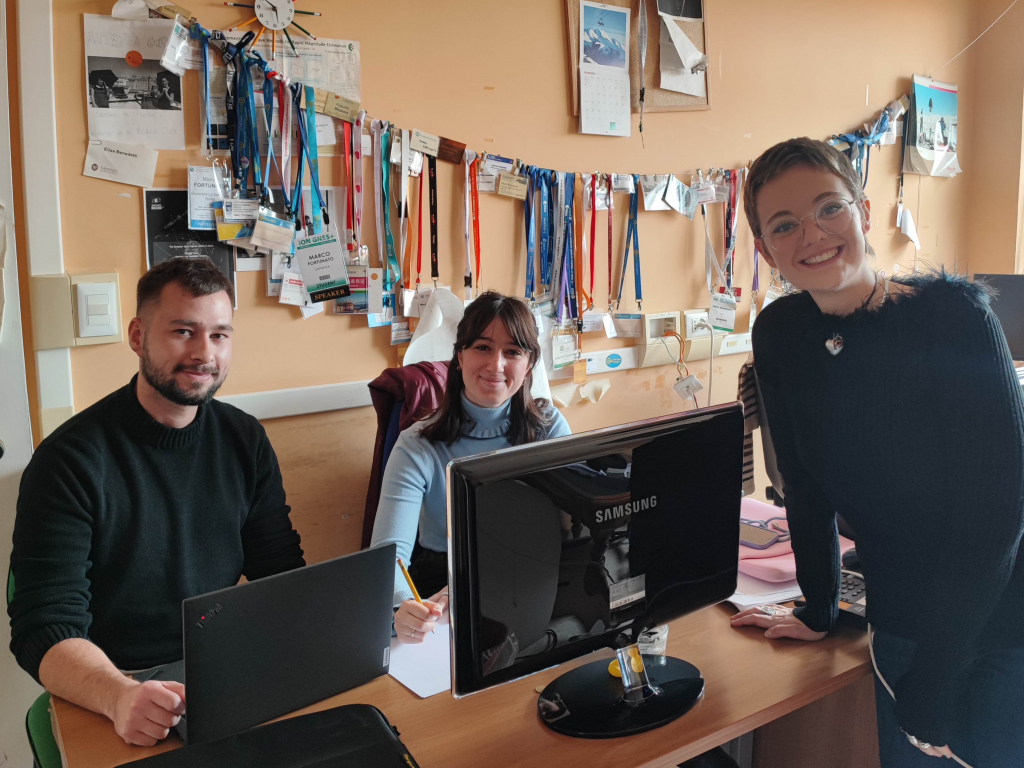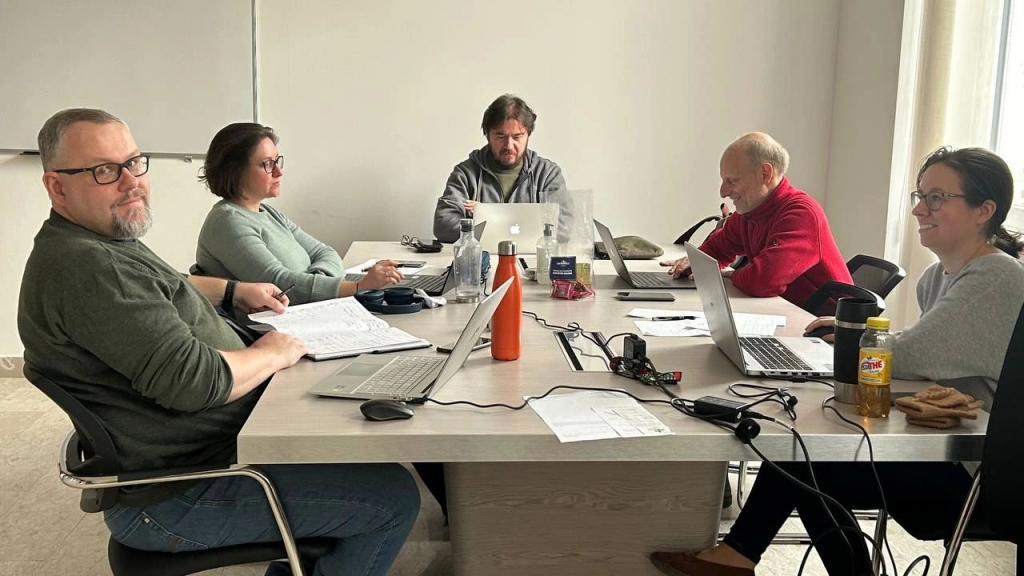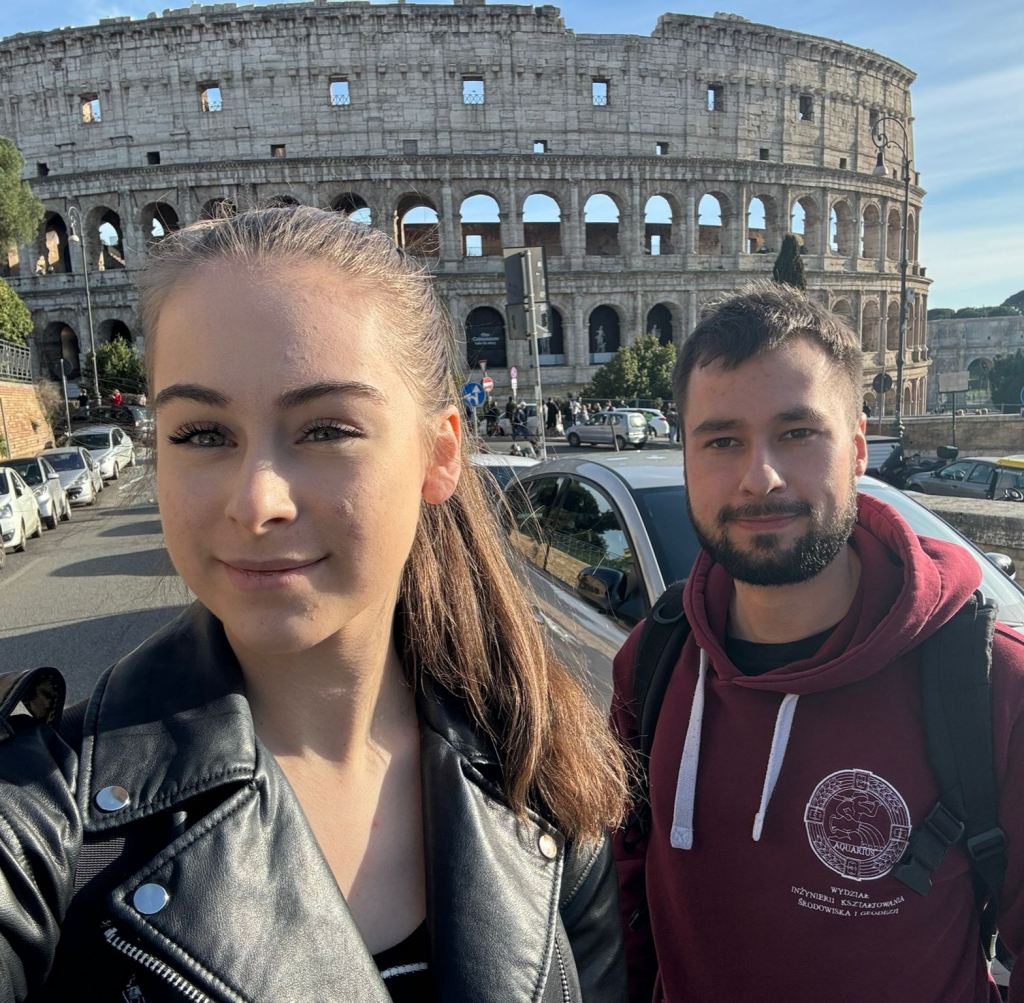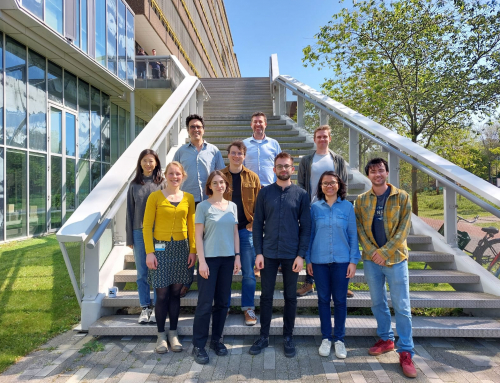Prof. Jan Kaplon, alongside a dedicated team, embarked on an internship aimed at refining earthquake detection methods and magnitude estimation using high-rate GNSS data. Collaborating closely with experts from Sapienza University of Rome, notably Professor Mattia Crespi and Associate Professor Augusto Mazzoni, the team made significant strides in analyzing seismic and GNSS data.
Their accomplishments included gathering data for significant Italian earthquakes, reviewing literature on magnitude estimation with high-rate GNSS, and testing various approaches to enhance detection accuracy. Successful development and testing of algorithms for PGD scaling law parameters estimation, magnitude, and epicenter location estimation from HR-GNSS data marked promising advancements in the field.

Beyond scientific endeavors, the team savored the delights of Italian cuisine and explored the wonders of Rome during leisure time, fostering camaraderie and relaxation amidst their rigorous research activities.
PhD Iwona Kudlacik, also part of the collaboration, echoed similar sentiments, highlighting the fruitful consultations with Sapienza University of Rome and the team’s shared focus on advancing earthquake detection methods.

Additionally, PhD Maya Ilieva, during her internship, contributed to discussions on GNSS-seismology and gained valuable insights into GNSS-InSAR integration, paving the way for future collaborations beyond the GATHERS project.
MSc students Maciej Lackowski and Maia Piek also benefited from the internship, gaining exposure to new techniques for satellite data processing and analysis, as well as insights into earthquake analysis and InSAR time-series data characterization.

The collaborative efforts of Prof. Kaplon and his team underscore the interdisciplinary nature of geospatial research, with their contributions poised to advance understanding and monitoring of geophysical phenomena, particularly in earthquake-prone regions.





